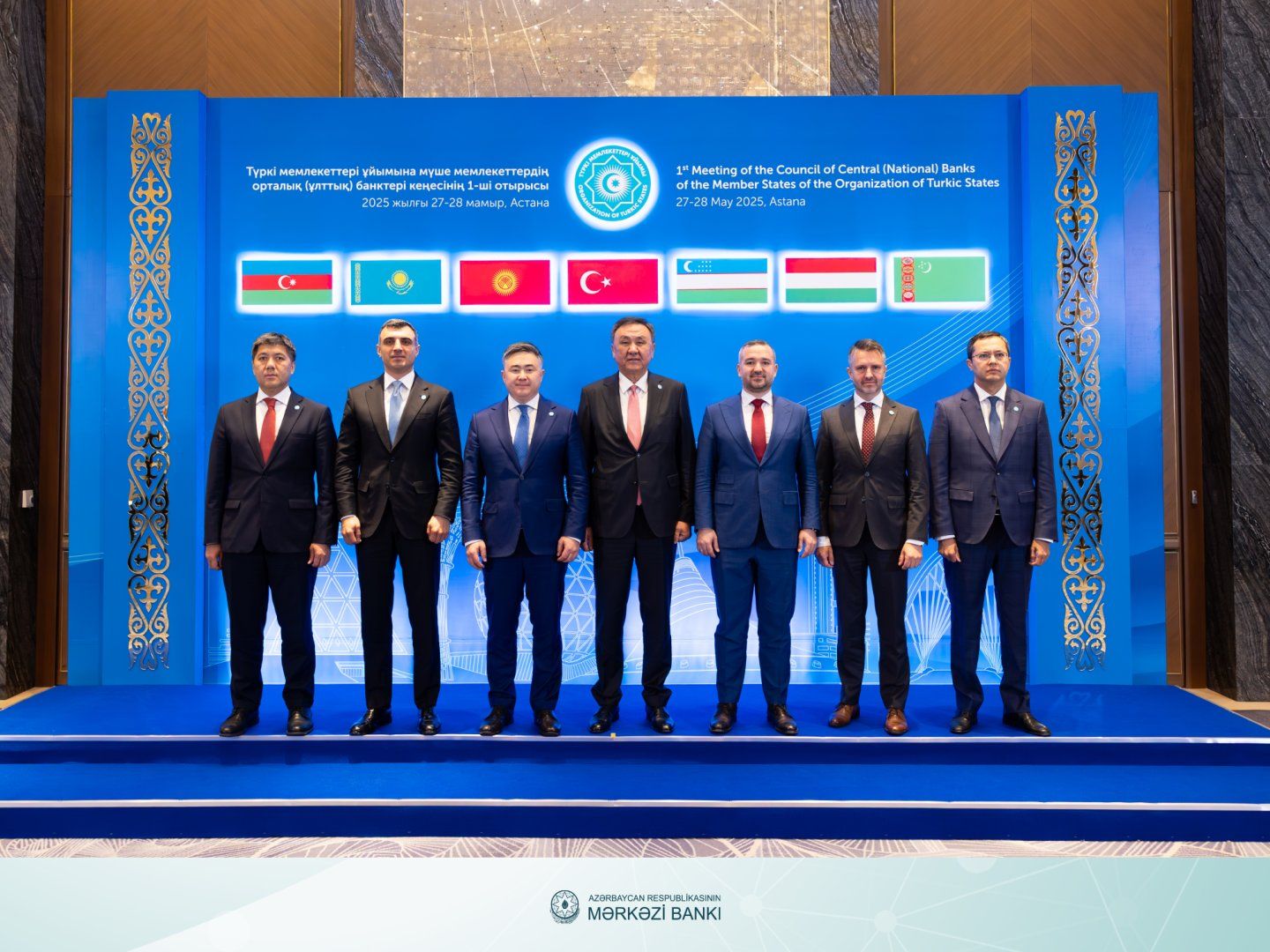Turkic Bloc builds financial foundations for regional power

As the global economic landscape becomes increasingly interconnected, regional alliances are playing a more prominent role in shaping policy, stabilizing markets, and enhancing monetary resilience. The Organization of Turkic States (OTS)—representing a rapidly growing bloc across Central Asia, the Caucasus, and parts of Eastern Europe—is emerging as a strategic platform for financial cooperation, particularly among central banks.
The upcoming Council of Central (National) Banks of the OTS, set to convene in Baku, underscores this growing role. The Council, established by a memorandum signed during the 11th OTS Summit in Bishkek, now serves as a vital consultative body to coordinate monetary policies, foster financial stability, and promote innovation in fintech and digital currencies across member states.
At the first meeting of the Council, chaired by Taleh Kazimov, Governor of the Central Bank of Azerbaijan, participants discussed avenues for enhancing monetary transmission mechanisms and digital financial infrastructure. Kazimov emphasized that stronger central bank collaboration can increase resilience against external shocks, ensure synchronized monetary strategies, and bolster investor confidence across the region.
The meeting included high-level participation from central banks of Turkiye, Kazakhstan, Uzbekistan, Kyrgyzstan, and Hungary, reflecting the cross-continental scope and ambition of the OTS. Notably, Hungary, an observer member, signals the organization’s expanding diplomatic and economic influence in Europe.
Economic momentum and regional potential
According to a 2024 review by the Turkic World Research Center, OTS member and observer states had a combined GDP of $2.11 trillion, representing 1.8% of the global economy, and a total population of 178.8 million. While these figures may seem modest in global terms, the GDP growth rate of 5.2%—well above the global average of 3.2%—signals substantial potential.
• Kyrgyzstan led the region with 9% growth, followed by Uzbekistan (6.5%), Turkmenistan (6.3%), and Kazakhstan (4.8%).
• Turkiye, the largest economy in the bloc, grew by 3.2%, while Azerbaijan recorded a healthy 4.1% growth rate.
• Hungary, impacted by European economic turbulence, posted more modest growth of 0.5%.
This momentum is supported by steady improvements in trade turnover, which reached $1.17 trillion in 2024, about 3.5% of global trade. The OTS has set an ambitious goal to double intra-bloc trade to $100 billion by 2025.
A platform for monetary innovation and policy synchronization
The Council's framework aims to institutionalize monetary dialogue, foster data sharing, and standardize approaches to challenges such as inflation control, currency stability, and financial inclusion. These efforts are especially vital as member states pursue economic diversification and digitalization.
One critical avenue for cooperation is the development of digital currencies and fintech ecosystems. With rising global interest in Central Bank Digital Currencies (CBDCs), coordinated experimentation and regulatory alignment within the OTS can help member states leapfrog legacy banking challenges and accelerate financial inclusion.
Moreover, joint research and consultations in payment systems, inflation targeting, and crisis management can enable the bloc to function more cohesively in times of economic volatility. The velocity of the manat, for example—recently reported at 3.33, showing slight decline—demonstrates the importance of monitoring liquidity dynamics across economies with shared interests.
Investment and banking sector growth
Central banks are also expected to play a facilitating role in regional investment strategies. In 2024:
• Kazakhstan and Turkiye recorded strong growth in fixed capital investment—7.5% and 6.1%, respectively—driven by infrastructure and energy development.
• The banking sector across Turkic states saw notable asset growth: Kazakhstan (20%), Uzbekistan (18%), Turkiye (16%), and Kyrgyzstan (3.8%).
These numbers point to an expanding financial system that will increasingly require cross-border regulatory harmonization, robust risk management, and monetary coordination—all areas where the OTS Council can serve as a guiding body.
The Organization of Turkic States, through its Council of Central Banks, is laying the groundwork for a more integrated, stable, and innovative regional financial architecture. As global headwinds—from geopolitical risks to inflationary pressures—test the resilience of national economies, the collective strength of the OTS could offer a model for monetary regionalism.
By deepening ties between central banks, harmonizing financial policies, and investing in shared digital infrastructure, the OTS is not only enhancing its members’ economic sovereignty but also positioning itself as an emerging force in the Eurasian financial landscape.
The upcoming Council meeting in Baku will be a key moment to advance this agenda—and a test of how regional unity can translate into real economic power.
Here we are to serve you with news right now. It does not cost much, but worth your attention.
Choose to support open, independent, quality journalism and subscribe on a monthly basis.
By subscribing to our online newspaper, you can have full digital access to all news, analysis, and much more.
You can also follow AzerNEWS on Twitter @AzerNewsAz or Facebook @AzerNewsNewspaper
Thank you!

